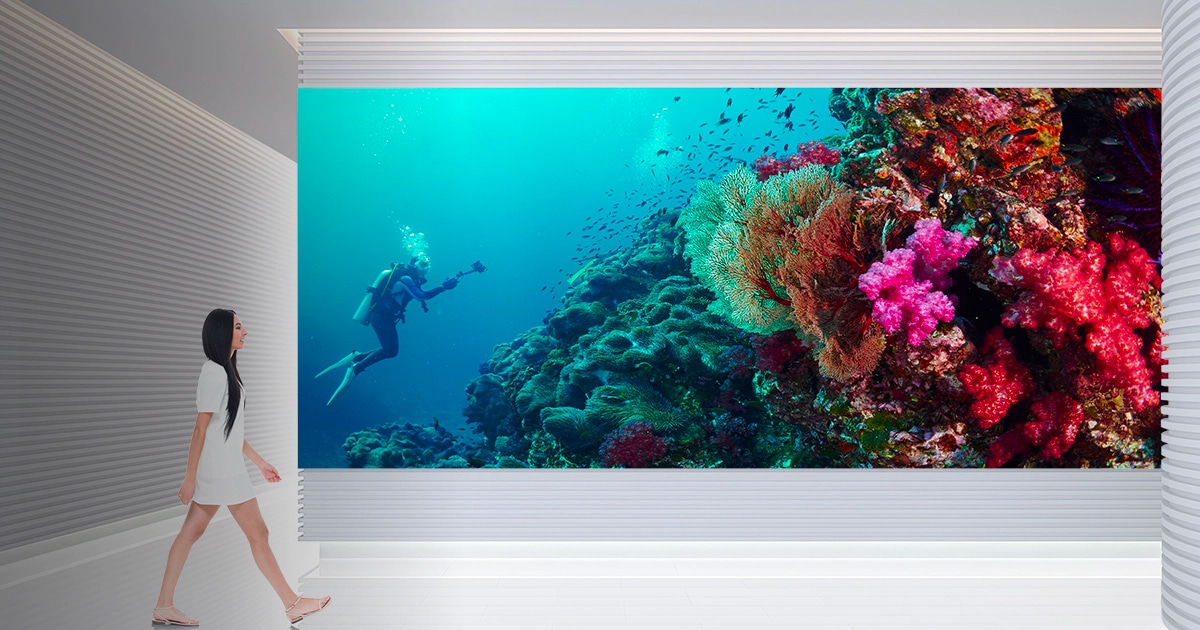Investigating the Efficacy of Various Light Emitting Diode Wall Calibration Methods for Optimal Sight Performance
Wiki Article
Light Emitting Diode walls have become increasingly favored in multiple environments, such as theater venues, concerts, and business gatherings. These expansive screens provide lively colors and sharp visuals, making them perfect for graphic presentations. However, to achieve the best visual performance, appropriate tuning of Light Emitting Diode walls is essential. Tuning refers to the method of modifying the display parameters to ensure that colors, brightness, and differentiation are precise and uniform. Various tuning methods can significantly impact the overall quality of the display encounter, making it vital to explore the efficacy of these methods.
One common technique for calibrating Light Emitting Diode screens is manual tuning. This approach involves modifying the settings by manual means, often using specific instruments and software. Technicians typically analyze the screen's hue accuracy and luminosity levels, making adjustments based on their findings. Manual tuning allows for a high degree of personalization, as specialists can adapt the parameters to the particular environment and content being displayed. However, this approach can be labor-intensive and demands a skilled technician to attain best results. Despite its challenges, handheld tuning can lead to impressive visual performance when done properly.
Another common calibration technique is the application of automatic tuning. This method uses programs and devices to assess the display's performance and make modifications instantly. Automated calibration can save time and minimize the risk for human error, as the software can rapidly analyze the display and implement the required changes. This method is particularly useful in environments where the Light Emitting Diode wall is often used for various types of content, as it can adapt to various lighting conditions and content requirements. While automated tuning may not offer the same level of personalization as manual calibration, it can still deliver excellent results for many applications.

A thirdly technique worth noting is the use of color calibration tools. These tools, such as colorimeters and spectral analyzers, measure the color results of the Light Emitting Diode screen and help confirm that the colors displayed are correct. By using these devices, specialists can detect any inconsistencies in color reproduction and make the necessary adjustments. This technique is especially crucial for applications where hue accuracy is essential, such as in visual art or film creation. Color calibration tools can improve the total display performance of LED walls, guaranteeing that the audience sees the intended colors and details.
In summary, the efficacy of various Light Emitting Diode screen tuning techniques plays a crucial role in achieving best display quality. Manual calibration offers personalization but can be labor-intensive, while automatic tuning provides speed and uniformity. Additionally, hue tuning instruments help ensure accurate hue representation, which is vital for many applications. By understanding and utilizing these tuning techniques, specialists can improve the display encounter for audiences, making LED screens an even powerful instrument for interaction and entertainment. As technology continues click to read more to progress, ongoing study and development in tuning techniques will probably lead to more improved display quality in the time ahead.